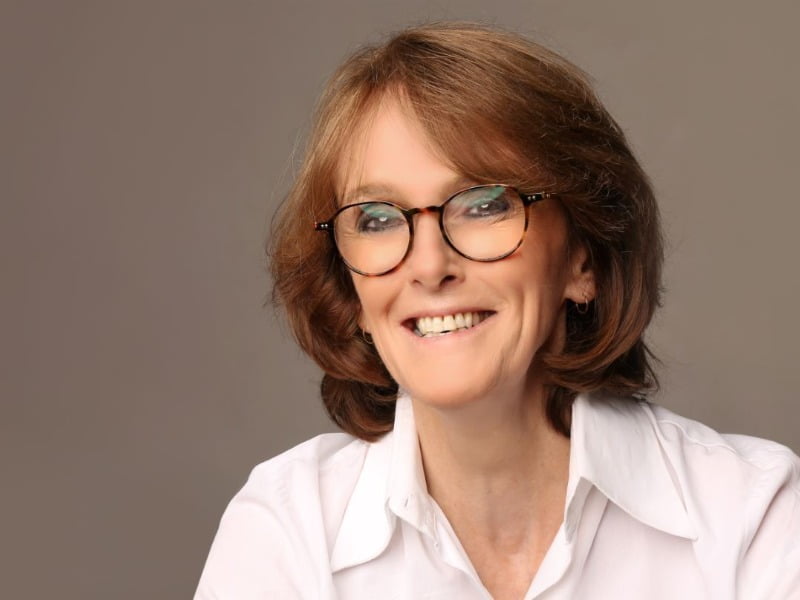Australia’s world-leading quantum research sector should be used as a guide for scaling up other technology industries such as biotech, clean energy, and semiconductors, the Chief Scientists says, after spending the last 10 months studying local quantum efforts to develop a national plan.
Dr Cathy Foley, a renowned physicist and Australia’s chief scientist, on Friday released a discussion paper on how Australia’s Quantum Information Science and Technology (QIST) sector should mature and be used as a model for other STEM industries.
Australia’s approach to quantum could be replicated to create further “virtuous cycles” in other STEM industries, the paper said. It backs similar patient investment in foundational research, coordination across institutions, world-class STEM education, and the development of a diverse STEM-skilled workforce at all career stages.

The short paper highlights the focused government investments of the mid-1990s, particularly the multiple Australian Research Council Centres of Excellence, that helped train 2500 domestic and overseas early career QIST researchers.
It’s helped build Australia’s reputation as a quantum research leader and led to several spin out companies now commercialising the work in an emerging industry tipped to be worth billions and create thousands of new jobs.
“More than 20 years ago, significant investments were made in research ‘Centres of Excellence’, which meant Australia built a rich base of quantum research and talent, and is now home to some of the world’s leading start-ups and quantum companies,” Dr Foley said.
“This is why we are in a position to compete in the global race to develop and scale up in the quantum space.
“Now we’re at the technology development phase, we need to follow through urgently with upskilling our workforce, at the same time as we invest in other research to create that culture of innovation and discovery, which has proved so valuable in quantum.”
By 2020, Australia had 22 quantum-related research institutions, including QIST-focused Centres of Excellence and eight universities performing quantum physics research that ranks well above world standard.
While Dr Foley holds quantum up as the exemplar, she also warns Australia’s progress in the field could be lost without more researchers and a more skilled wider workforce to support the technologies as quantum transitions from R&D to translation.
CSIRO has conservatively estimated quantum technology in Australia could be a $4 billion industry in computing, communications and sensing — comparable to Australia’s present-day wool and wheat industries – and create 16,000 jobs by 2040.
The federal government has recognised quantum as a critical industry, tasking Dr Foley with developing a national strategy and leading a new National Quantum Advisory Committee.
“I don’t think we have fully grasped the scale of the economic transformation in front of us. It’s a tremendous opportunity for Australia,” Dr Foley said.
“But it’s important to remember that Australia’s world-leading reputation in quantum technologies didn’t happen by accident.
“It came about because of patient investment in discovery research, and through the fostering of a vibrant and collaborative research sector, which made Australia attractive for international talent.
“It is essential that we continue to support a globally connected research sector that welcomes people with talent and ideas.
“At the same time, we must build domestic capability so that we can realise the transformative potential of the new technologies in our economy and society.”
The new paper calls for a “science first” approach to the technical aspect of quantum because of the technology’s longer time horizons, and stresses more effort is needed now to develop and attract even more world-leading experts.
The international researchers can be attracted to Australia’s domestic research excellence, which should be continued with long-term investment and academic freedoms, the new paper said.
But for Australia to compete with other nations searching for quantum talent, it will need to offer international researchers “liberal immigration and tax settings, funding for start-ups and mechanisms for technology transfer and government engagement as a technology procurer of choice”.
In the medium term, more Australian STEM graduates should be transitioned to QIST jobs with a more strategic approach to internships and industry partnerships, while complementary areas like space, cyber and clean energy must also be developed, the paper said.
Long term, Australia needs to increase its STEM undergraduates by addressing falling school student participation, an inequitable education system and persistent gender inequity. While improving slightly now, STEM graduates rates are still “slower than the projected growth in jobs which require STEM skills, three quarters of which will require at least a Bachelor’s degree”.
The paper from the Office of the Chief Scientist compares the current graduate numbers in Natural and Physical Sciences, Information Technology or Engineering – a skills pool considered essential for the development of many critical industries.
About one in five Australian undergraduate degrees are in these disciplines.
But recent growth in student numbers has been driven almost entirely by international students. Numbers of domestic graduates have either stagnated (Natural Sciences), or fallen (Engineering) since 2017. Only Information Technology has seen an increase, but numbers are still far outstripped by international graduates.
As the QIST sector develops its workforce will also change, including the transition to more VET trained workers, the paper said.
Do you know more? Contact James Riley via Email.

